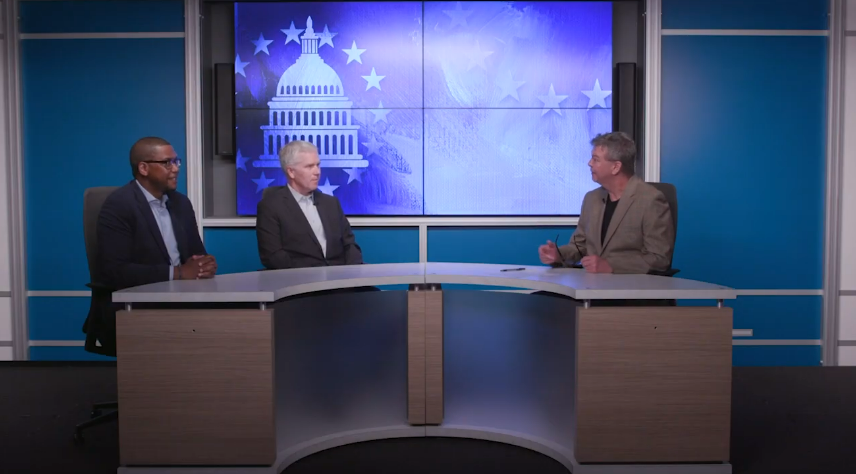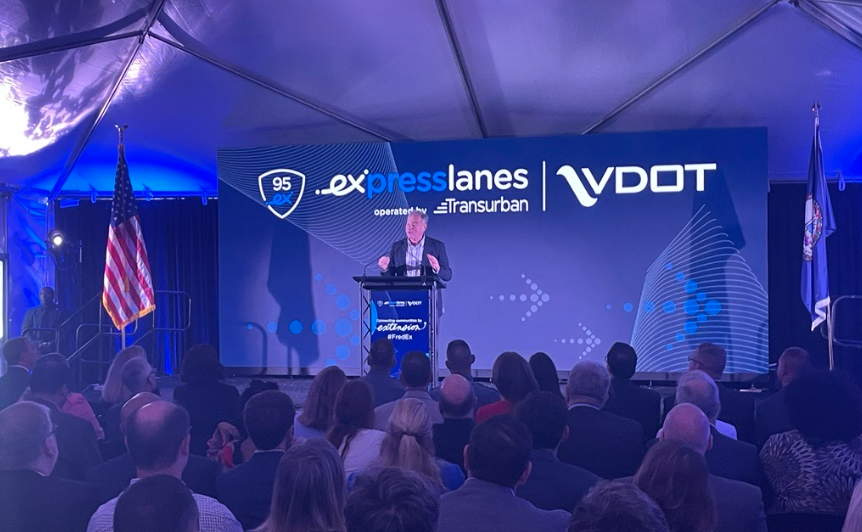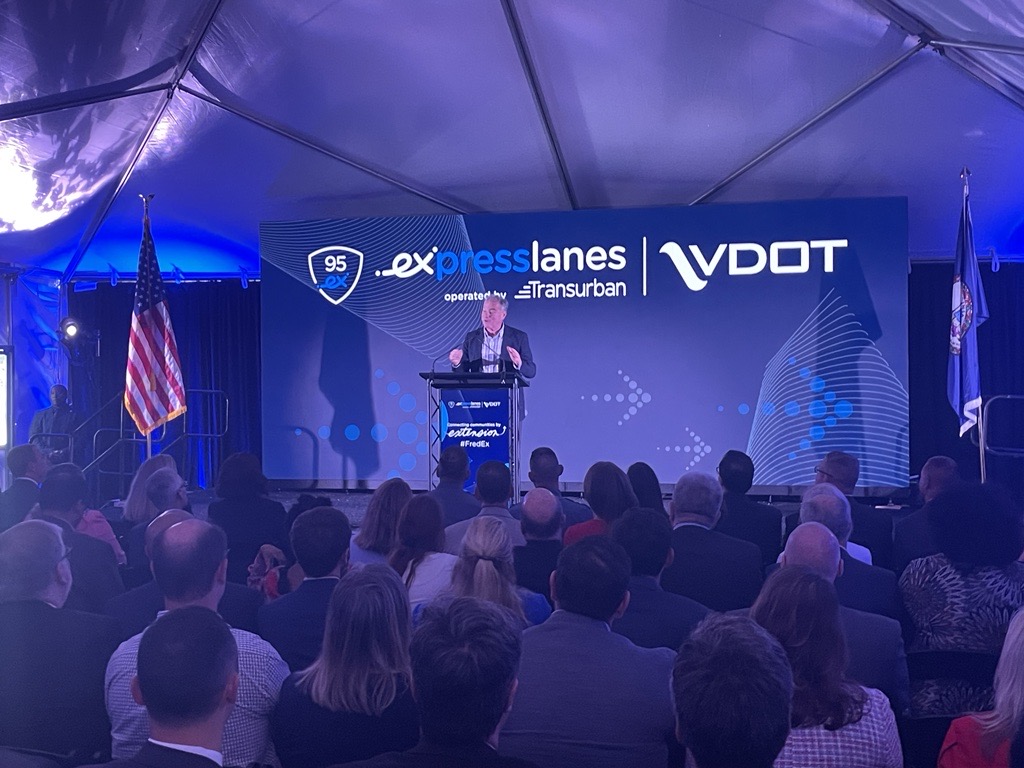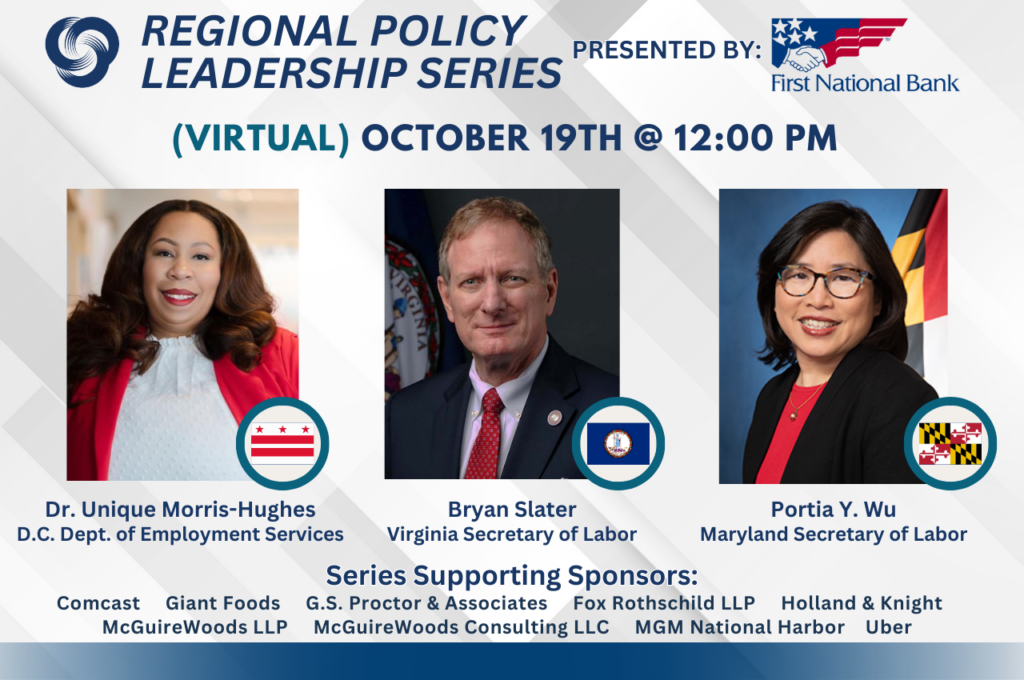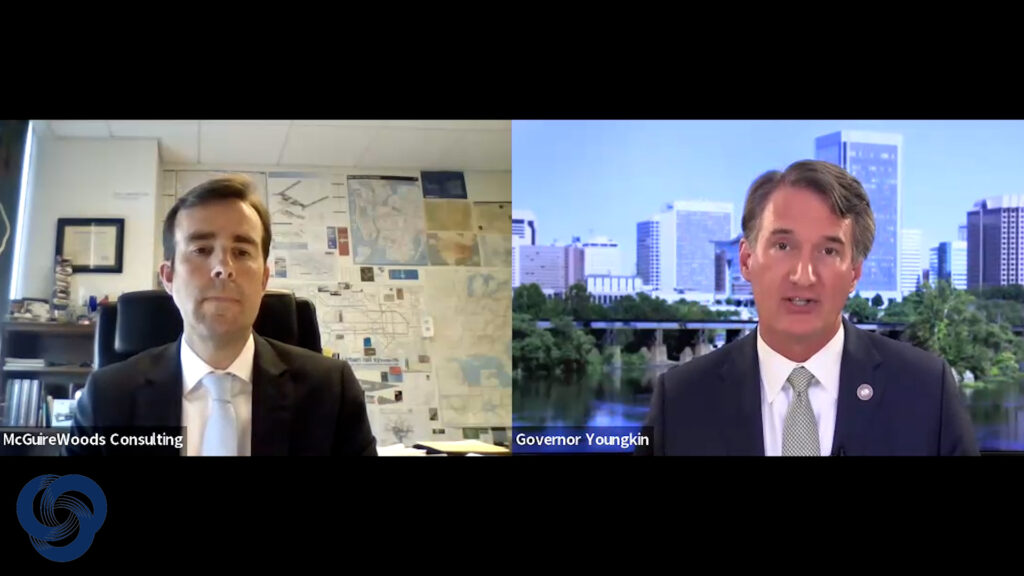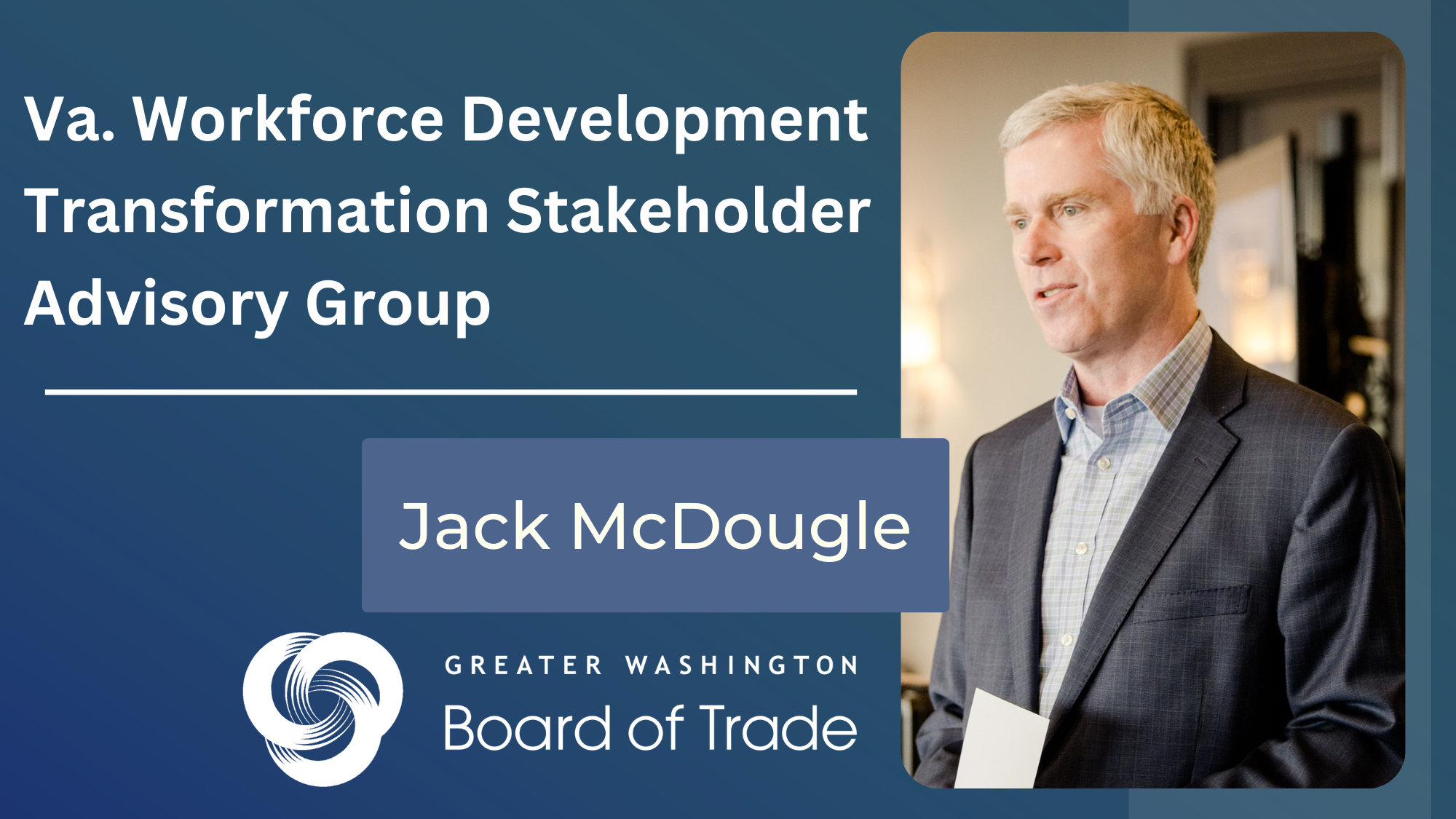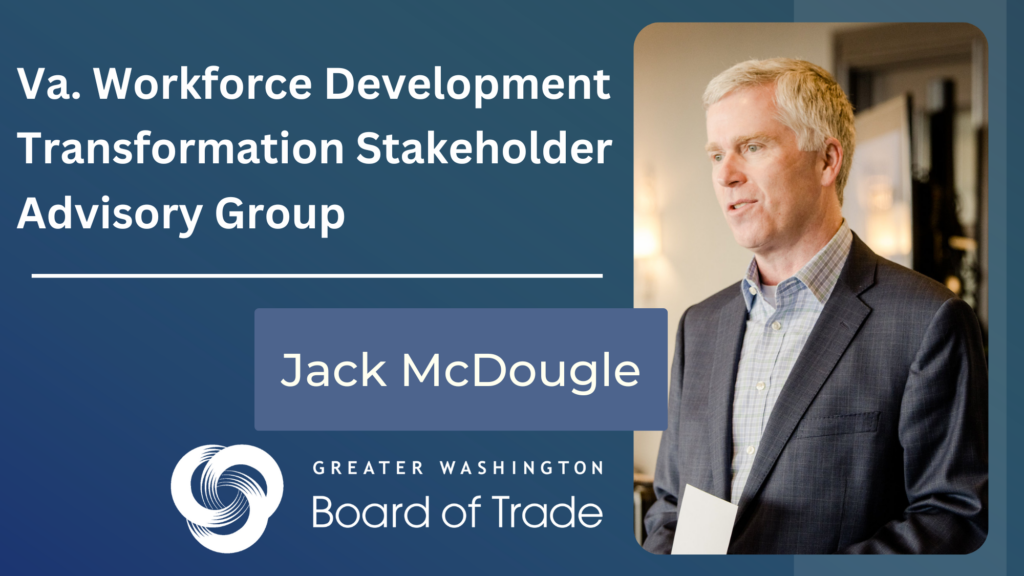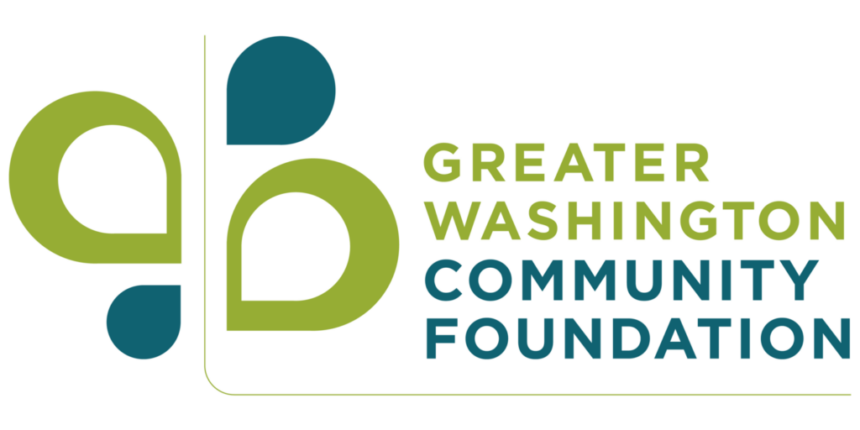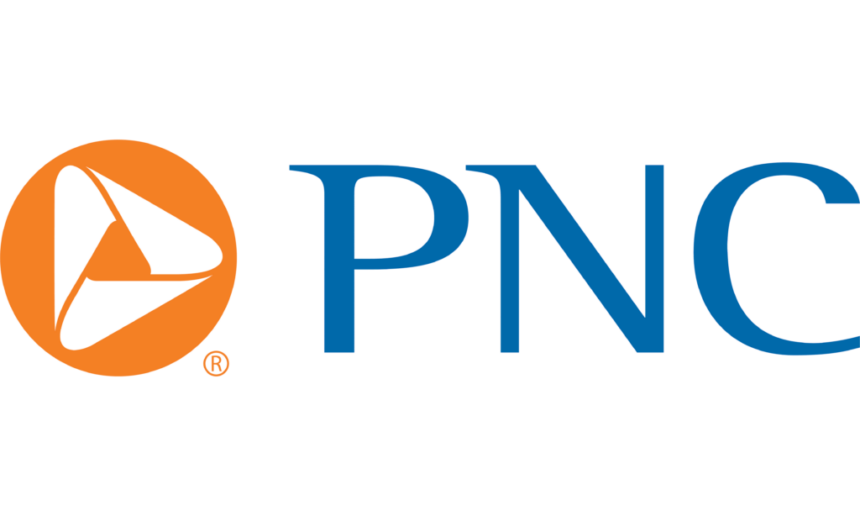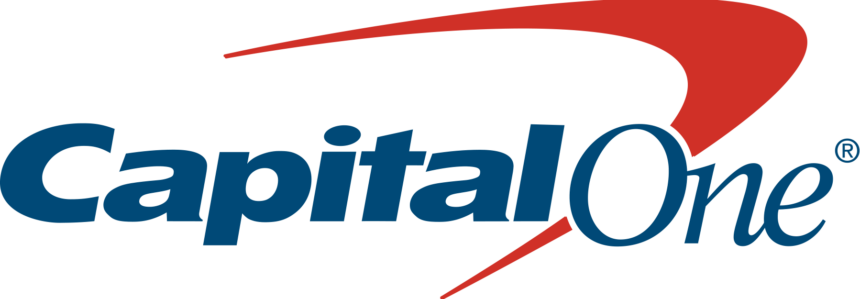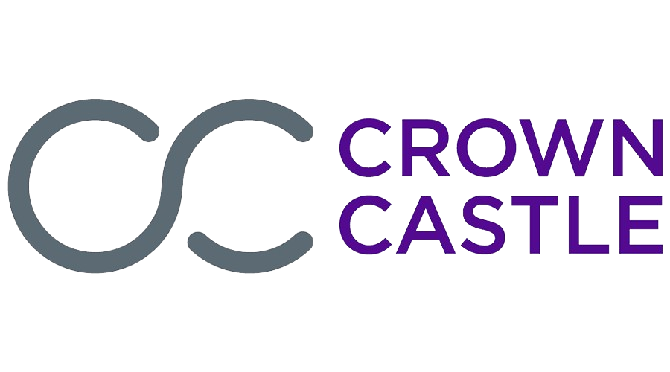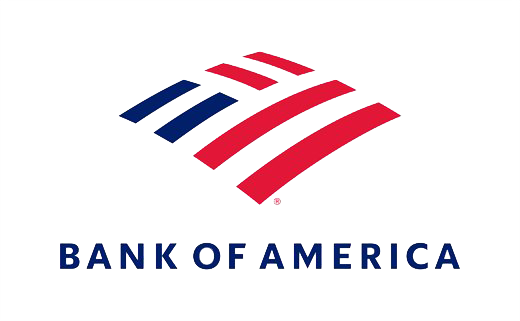Virginians will head to the polls Tuesday, June 20, to cast their votes in the primary, ahead of November’s general election in which every seat of the Commonwealth’s legislature will be on the ballot. This year’s election is unique for several reasons, the most notable being that it is the first since the new legislative districts were drawn.
Redistricting has had significant impacts:
Virginia adopted a constitutional amendment in 2020 that established a bipartisan redistricting commission, composed of state legislators and political appointees, who were tasked with drafting and approving new state and federal district maps. However, the commission was unable to reach a consensus on either the state or federal maps, resulting in the Supreme Court of Virginia having to step into the matter. The Supreme Court appointed two “special masters,” one from each of the two political parties, to draw the maps in an “apolitical and nonpartisan manner.” In December 2021, the Supreme Court approved the final drawings of the three maps (State House, State Senate, and U.S. Congress), setting the stage for the next decade of political battles in the Commonwealth.
The new maps were composed without considering incumbent residency, resulting in multiple sitting Delegates (44) and Senators (19) being pitted against their fellow colleagues and other seats with no incumbents. This left many legislators in a tough position by potentially having to face a contested primary or a general election against a fellow sitting member of the General Assembly. Ultimately, these new dynamics resulted in many state lawmakers choosing not to seek reelection, while some moved into a district with a more favorable political environment.
Veteran lawmakers out as a result of redistricting:
Nearly a third of the 140 districts in the Commonwealth will not have an incumbent represented in the primary election next week. To put this into perspective, you would have to look back to the 2011 election to find a cycle where even half that many districts were open-seat primaries. Remember this represents the minimum number of new General Assembly members, as some incumbents could lose in their respective primary or general election.
While the turnover in Virginia’s legislature will be historic in terms of raw numbers, another influential factor at play is who those incumbents not seeking reelection are and the leadership positions they hold. Delegate Kathy Byron, Republican Chair of the House Commerce and Energy Committee, Delegate Rob Bell, Republican Chair of the House Courts of Justice Committee, and Delegate Margaret Ransone, Republican Chair of the House Privileges and Elections Committee are all retiring.
The Senate will face even greater leadership changes, with the retirements of Democratic Majority Leader and chair of the Senate Commerce and Labor Committee Senator Dick Saslaw along with Republican Minority Leader Senator Tommy Norment. Senator Louise Lucas, president pro tempore and Democratic Chair of the Senate Education and Health Committee and the Senate Rules Committee, is facing a hotly contested primary against Senator Lionell Spruill, Democratic Chair of the Senate Privileges and Elections Committee. Additionally, Senator Janet Howell, Democratic Chair of the Senate Finance and Appropriations Committee, Senator John Edwards, Democratic Chair of the Senate Judiciary Committee, and Senator Lynwood Lewis, Democratic Chair of the Senate Local Government Committee are also retiring.
Northern Virginia shaping diverse representation and influence in House & Senate:
Northern Virginia will look a lot different in terms of representation in the General Assembly come the start of next session – Jan. 10, 2024. With the Commonwealth’s population shifting, Northern Virginia added two new Senate and two new House districts through the redistricting process. This gives it 12 out of 40 Senate districts and 30 out of 100 House districts.
However, with the turnover and retirement of incumbent legislators, namely that of Senator Saslaw, it is unclear if Northern Virginia will wield the same level of influence in Richmond than it has in the past. Priorities of these newly elected officials, not just those in Northern Virginia, are also worth keeping an eye on. This year’s pool of candidates from both parties is more diverse by gender, race, and experience. It makes sense to assume that their policy initiatives and priorities could shift from their predecessors, even if they are from the same party.
We will have to wait until November to see who controls the House, currently held by the Republicans, and the Senate, currently held by the Democrats. With such tight margins and so much uncertainty created from the redistricting process, it is anyone’s guess as to what will happen. What is certain though, is that there will be a considerable number of new legislators in Richmond and new names in many leadership positions come next session.
